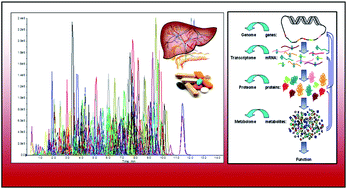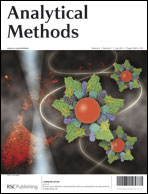Drug-induced hepatotoxicity: application of mass spectrometry based metabonomics
Abstract
Drug-induced hepatotoxicity (DIH) is an unpredictable and frequent event with the risk of a life threatening clinical course when it occurs. The detection of hepatotoxic effects is a continuous process covering all drug development phases. Various in vitro liver models have been developed in the past years. However, the high chemical diversity of biological samples and sample's characteristics make the prospect of detecting DIH a difficult and complicated process. Therefore, a good understanding of toxic effects of drugs on the liver and the viability of the experimental models as the main source of samples are essential platforms which are needed for any analytical technique. Major analytical techniques such as hyphenated systems, e.g. chromatography and mass spectrometry (MS) play a pivotal role in the detection of DIH. Nevertheless, these state of the art techniques are not without limitations. This review focuses on highlighting the main aspects of DIH; the applications of mass spectrometry based metabonomics, their applicability with regard to sample availability and comparison with standard clinical chemistry applications. We also propose an approach to study DIH in the early phase of drug discovery. The aim of this paper is foremost to provide an overview and guidance to study and facilitate further discussions on this topic.


 Please wait while we load your content...
Please wait while we load your content...